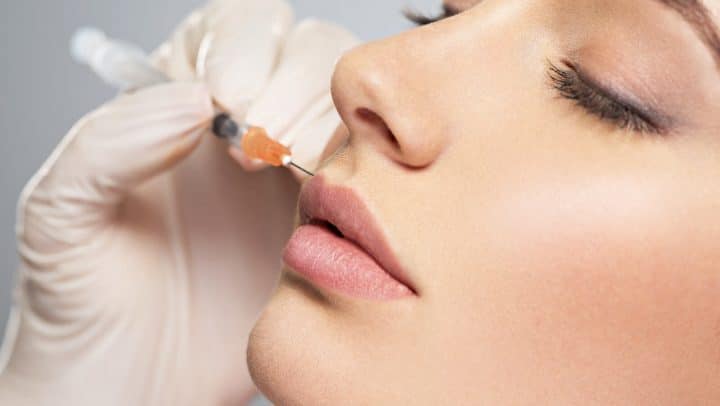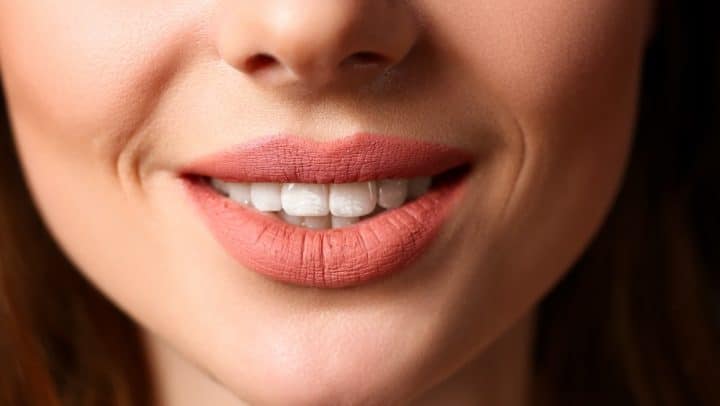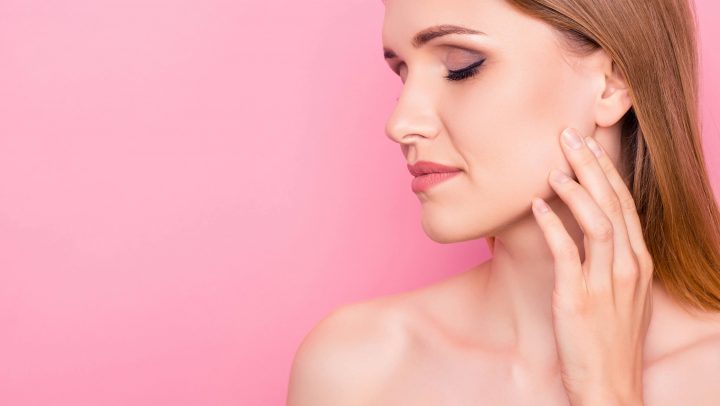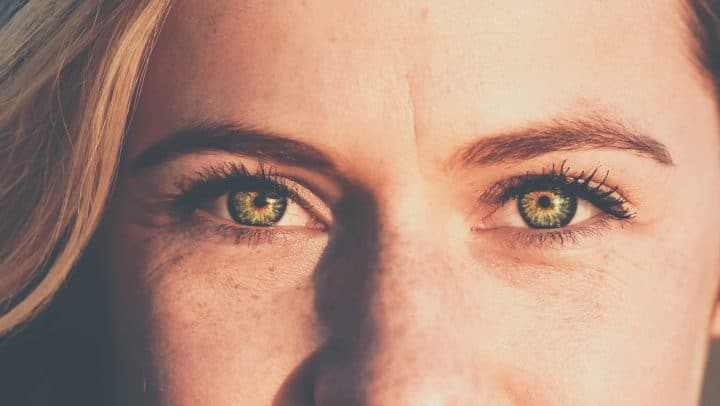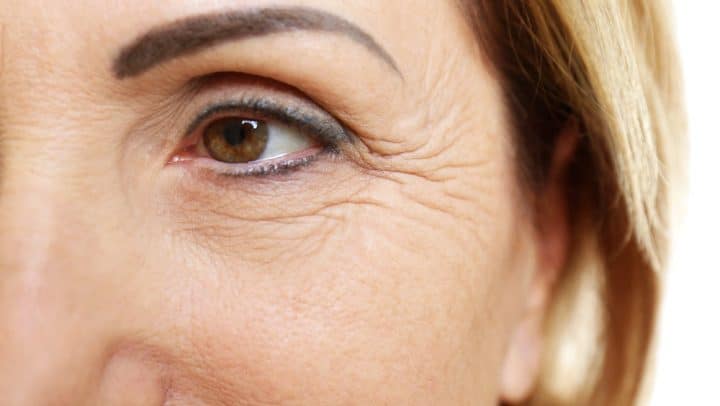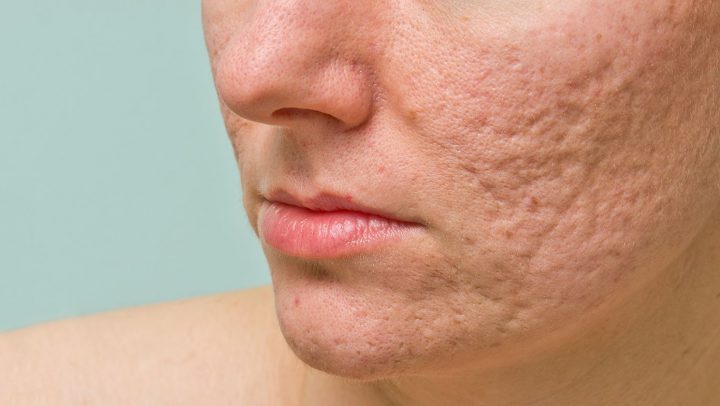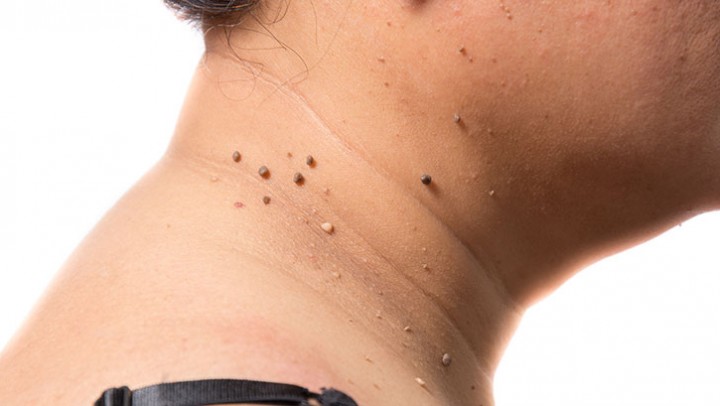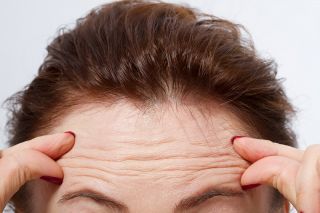
What Really Causes Wrinkles?
Wrinkles are a natural part of aging and can be an unwelcome reminder of the years gone by. But did you know that there's more to wrinkles than just time? Discover the sources of wrinkles to gain control of your skin and find the best wrinkle treatment.
Unfortunately, there are many myths about what causes wrinkles, including:
- Not using proper skincare products designed to "fight wrinkles."
- Touching your face will lead to wrinkles.
- If both parents have wrinkles, you'll also get them (yes, genetics can play a part, but it's not the only factor).
Don't let myths obscure your understanding of why wrinkles happen; let's look at the facts and discuss how to prevent them.
What Actually Causes Wrinkles?
Wrinkles are a natural part of aging, but a few factors can contribute to wrinkles' appearance. Understanding what causes wrinkles and how to prevent them can help keep your skin looking young, healthy, and vibrant. Some of the most common causes of wrinkles include:
- Sun Damage: Exposure to the sun causes photoaging or premature skin aging. Exposure to UV rays can lead to increased wrinkling and sun spots and can also increase the risk of skin cancer.
- Smoking: Smoking is a major cause of wrinkles and premature skin aging. Smoking causes free radicals to build up in the skin and damage collagen and elastin, which help keep the skin firm.
- Loss of Collagen Production: Over time, the body loses its ability to produce collagen and depends on supplements to provide the necessary protein for building collagen. As this happens, the skin loses its elasticity and becomes more prone to wrinkling.
- Poor Diet: Diets high in simple sugars and sweets can contribute to skin aging by causing the skin's connective tissues to lose elasticity.
5 Tips for Wrinkle Prevention
Of course, while we can’t stop the natural aging process, some everyday practices can help you prevent wrinkles, including:
1. Cut the Vices: Stop Smoking and Limit Your Alcohol Consumption
Some of the worst things you can do for your skin include smoking and indulging in the overconsumption of alcohol. Quitting smoking is essential, as smoking causes wrinkles and premature aging.
Alcohol causes premature skin aging because it dehydrates the skin, leading to loss of plumpness and enhancing fine lines and wrinkles.
2. Protect Your Skin from the Sun
Protect skin, indoors and out. Sun rays can still do damage, even through windows. Wear a moisturizer with SPF daily to protect your skin.
3. Eat a Well-Balanced Diet
Your diet plays a significant role in your skin's appearance. Eating a well-balanced diet high in vitamins and antioxidants can help your skin look radiant and healthy while eating a diet high in saturated fats and trans fats can have the opposite effect.
4. Gently Cleanse and Moisturize Your Skin
While it is a myth that touching your face will cause wrinkles, it's essential to understand that gently cleansing and moisturizing your skin can help prevent wrinkles. Cleaning your skin washes away pollutants, and gentle treatment stops wrinkles from forming.
5. Find Time to Get Outside and Exercise
Not only does exercise help to improve circulation and boost your immune system, but it can also lead to more youthful skin[cb1] . Even better, getting out and spending time in nature (away from pollutants) can help your skin to stay healthy and vibrant.
Keep Your Face Wrinkle Free with Help from Dr. Binder
For wrinkle-free skin, a good skincare routine is a must. However, if you need additional help maintaining a youthful, wrinkle-free appearance, Dr. Binder offers facial fillers, laser treatments, and chemical peels that can all help to maintain healthy, youthful skin.
Whether you’re looking to reduce wrinkles or maintain a youthful look, Dr. Binder can help you achieve your desired outcome. Contact our office to schedule a consultation today.
[cb1]Note: This is an older study, but one of the most frequently referenced when discussing the impact of exercise on the skin/in preventing premature skin aging.

